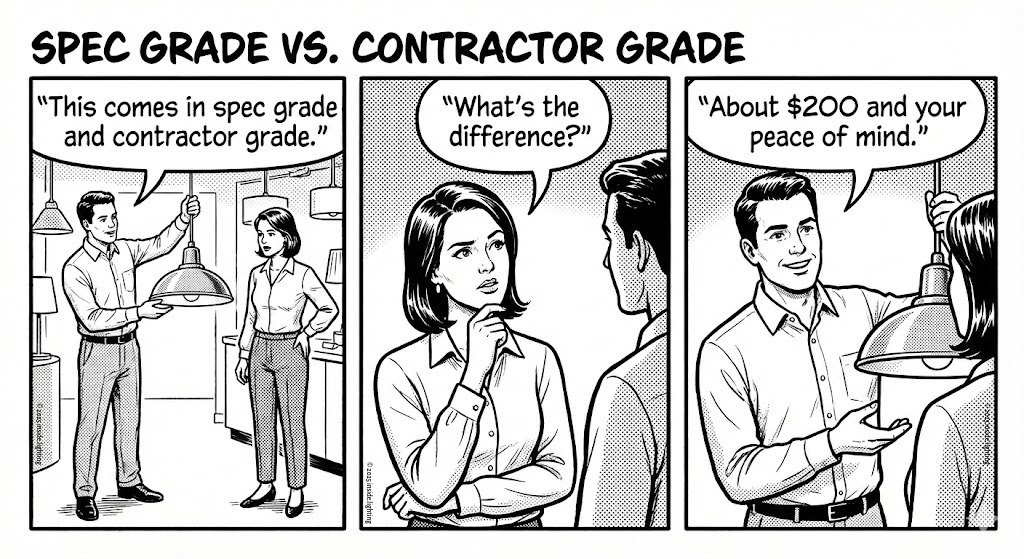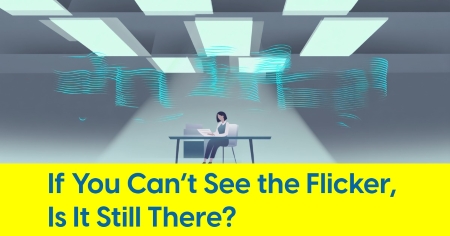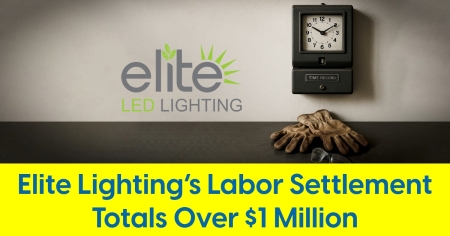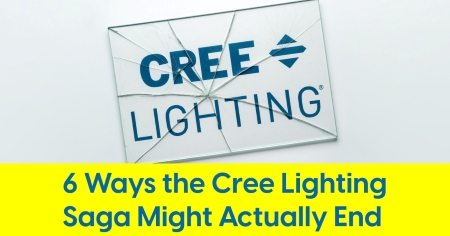June 9, 2025
New Bill Pushes to End Incandescent Light Bulb Ban

Even if the ban lifts, would incandescent and halogen production lines even come back?
On his first day back in office, President Trump signed an executive order titled “Unleashing American Energy” — a broad deregulatory directive referencing consumer choice in everything from showerhead pressure to preferred lighting technologies. Though the order did not legally overturn federal lighting standards, it signaled intent. Now, Congress is picking up where his Sharpie left off.
Senator Mike Lee (R-UT) and Representative Craig Goldman (R-TX) have introduced the Liberating Incandescent Technology Act of 2025 (S.1568), a bill that would dismantle nearly two decades of federal energy efficiency standards for general service lamps (GSLs). If enacted, the legislation would eliminate the 45 lumens-per-watt (lm/W) minimum efficacy threshold—reviving the legal sale of inefficient incandescent bulbs that had been phased out under Department of Energy (DOE) rules.
The bill doesn’t stop at rolling back one standard. It proposes to fully repeal Section 325(i) of the Energy Policy and Conservation Act, the core legal authority underpinning national lamp efficiency requirements. It also nullifies three major DOE rules:
- The May 2022 rule that implemented the statutory “backstop” prohibiting GSLs below 45 lm/W.
- The May 2022 definition rule, which expanded the scope of products classified as GSLs, including decorative shapes and specialty base types.
- The April 2024 final rule, which raised minimum efficacies substantially — up to 174.1 lm/W for long-format integrated omnidirectional LEDs and 195.4 lm/W for non-integrated versions, with directional and short-format lamps seeing minimums in the 83–124 lm/W range depending on product class.
Together, these regulations had effectively standardized the U.S. lamp market around high-efficiency LED products. Repealing them would undo those requirements and remove DOE’s ability to reimpose similar standards in the future without new Congressional authority.
A Technological and Regulatory Reversal
The current 45 lm/W baseline—often referred to as the “backstop”—has been in force since July 2022. Its implementation marked a turning point in federal lighting policy, eliminating a broad swath of traditional incandescent and halogen bulbs from the consumer market.
By erasing the efficacy floor, S.1568 would re-open the market to these legacy technologies, many of which operate at 10–18 lm/W — roughly one-quarter the efficiency of standard LED alternatives.
In addition, the bill removes GSLs entirely from the list of covered products under 42 U.S.C. § 6292(a), repeals DOE’s test procedure requirements for lamps, and amends preemption language to allow states more leeway to adopt conflicting standards. Notably, Section 2(c) of the bill explicitly declares that the three DOE rules referenced above “shall have no force or effect.”
Manufacturing Realities and Next Steps
Even if the LIT Act clears committee and gains political traction, it runs headlong into a different kind of barrier: economic gravity. In theory, repealing the 45 lm/W standard would legalize the sale of inefficient incandescent and halogen lamps. In practice, the infrastructure to make them no longer exists. The filament-winding machines, glass-forming equipment, and assembly lines that once churned out legacy bulbs have been dismantled, sold off, or scrapped entirely.
For years, lighting manufacturers have invested in modern LED technologies. Consumer habits have followed suit. Even if some nostalgic slice of the market still yearns for the glow of a 60-watt incandescent, it’s hard to imagine manufacturers investing millions to rebuild product lines whose future rests on political volatility and a steadily shrinking base of demand.
The bill has been referred to the House Committee on Energy and Commerceand the Senate Committee on Energy and Natural Resources, where it awaits review. Whether it advances — or stalls quietly in committee — remains to be seen. But the deeper question is not just whether the government will allow incandescents again. It's whether, after years of technological and cultural transition, the masses will actually want them.










